Vellum Venom Vignette: Is two-tone paint coming back?
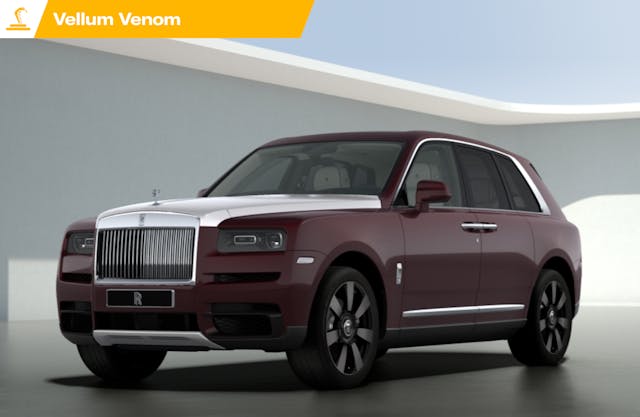
Fred writes:
This is the second time I’ve written you; the first was when you were at that other place. Anyway, I’ve noticed another automotive styling feature worth discussing, and perhaps you have some thoughts: I’ve been seeing cars with factory two-tone paint jobs, often a black roof over a white body. Will this become a trend?
Might it become more than black and white? Are we in for a return to ’50s paint schemes?
Sajeev answers:
Aside from the usual, bespoke creations for the top-tier demographic, we are absolutely not returning to 1950s levels of multiple-toned paint schemes. Cars are too damn expensive to make these days, and adding features is a balancing act: An automaker must consider sales volume and profitability. The market is too price-sensitive and competitive to alter that balance, and two-tone paint is the equivalent of dropping a lead weight on a balance beam scale . . . well, on a scale perfectly balanced with the features mandated by the government and the features demanded by consumers.

It’s all fine and dandy for cars made in Maybachian volumes, like the mulberry-creme concoction I configured above. Profit margins on these vehicles are so insane that automakers can indeed stop an assembly line to do a bit more body prep for a two-tone paint job. But most companies do the aforementioned balancing act with airbags, power-assist this and that, turbocharged engines, cameras/radar sight thingies, six-plus-speed transmissions, giant wheels, big disc brakes, soft-touch vinyls, in-car entertainment systems, etc. All those features are legit threats to profit margins. But some lower-cost, outlier vehicles will always exist.

Take the delightful little Mini Cooper. The vehicle is designed to ensure that loyalty to Mini’s brand remains unquestionably rabid, as owners are encouraged to customize their cars with factory tweaks. It’s like adding flair to your uniform. Better yet, nobody bats an eye at the mini-uscule (sorry) amount of vehicle you get for the Camry-like price.
Genuine two-tone outliers, sadly, are just that. A better choice for beancounters, supply-chain analysts, and product planners is to differentiate areas on a vehicle with plastic trim in a contrasting color. The “XC,” or Cross Country, Volvos and the Chevy Spark ACTIV suggest companies can capitalize on the bigger, taller, more profitable SUV craze with different trim, different springs, and a snazzy name. Thanks to component logistics worthy of comparisons to Amazon, lean-manufacturing methodologies, and modern assembly-line technology, slapping on different parts at the factory is pretty easy and cost-effective.
Sadly these advancements haven’t trickled down to the labor-intensive act of applying two paint colors to a car’s body. Much like Uber still needs people behind the wheel to be anything resembling a going concern in the foreseeable future, most automakers still need people in the paint shop.
The Nissan Juke—now, only for sale outside the states—proves the point. Nissan recently added four paint shops that are two-tone friendly as part of a facility upgrade in the United Kingdom. That same article suggests “30 percent of customers” opt for a two-tone Juke, so the demand mandated the need for Jukes to be “masked by hand” as the video above suggests. But the Juke isn’t an entry-level vehicle, and it is such a niche product that Nissan quit selling it in the U.S. after 2017.
Two-toning a car is still too much work to support a widespread resurgence of the trend. Vehicles that get the treatment will be limited to those black-roofed examples mentioned by Fred. Granted, there is plenty of crazy body surfacing on modern vehicles that could be masked off and sprayed a different color, but there’s only one place to do it quickly—and cost-effectively, of course.

The roof usually has logical beginning and ending points at every pillar, as witnessed by the angular stopping points on a modern Jeep Grand Wagoneer. Try to do the same with angry slashes and soft bubbling along the body side, and you’ll have a truly bizarre-looking two-tone vehicle, one that would prove to be lot poison at dealerships across the country. Sure, you could two-tone a Dodge Challenger or Chevy Truck with modest effort and reasonable success, but any vehicle with a rounded fascia, complex bumper design, etc. makes the transition point between colors very challenging.
More to the point, an extra color isn’t gonna “move the metal” like a heated steering wheel will, and there’s only so much cost you can add before a substitute good looks more appealing. Consider the notion of a Ford Escape with two shades on its bubbly CUV body, likely an $800–$1000 option if it were to come to fruition. But odds are that the boosted price of a two-tone Escape would be too close to the sticker of a single-tone Ford Bronco Sport; the baby Bronco is roughly $1200 more than its more urbanite sibling.
It takes a special type of person to insist on a two-tone paint job. I’d like to think I know that two-tone feeling, as restoring Project Valentino to its proper shades of gold and chocolate was very, very expensive. The price was painful back then, but the end result still makes me pause, enjoy, and relax as I walk by it—a great feeling.
Any car can be two-toned easily in the aftermarket thanks to vinyl wrapping, so go ahead and let your spirit be free, without the confines of a multinational corporation’s bottom line. It’s only money, right?
***
Check out the Hagerty Media homepage so you don’t miss a single story, or better yet, bookmark it. To get our best stories delivered right to your inbox, subscribe to our newsletters.

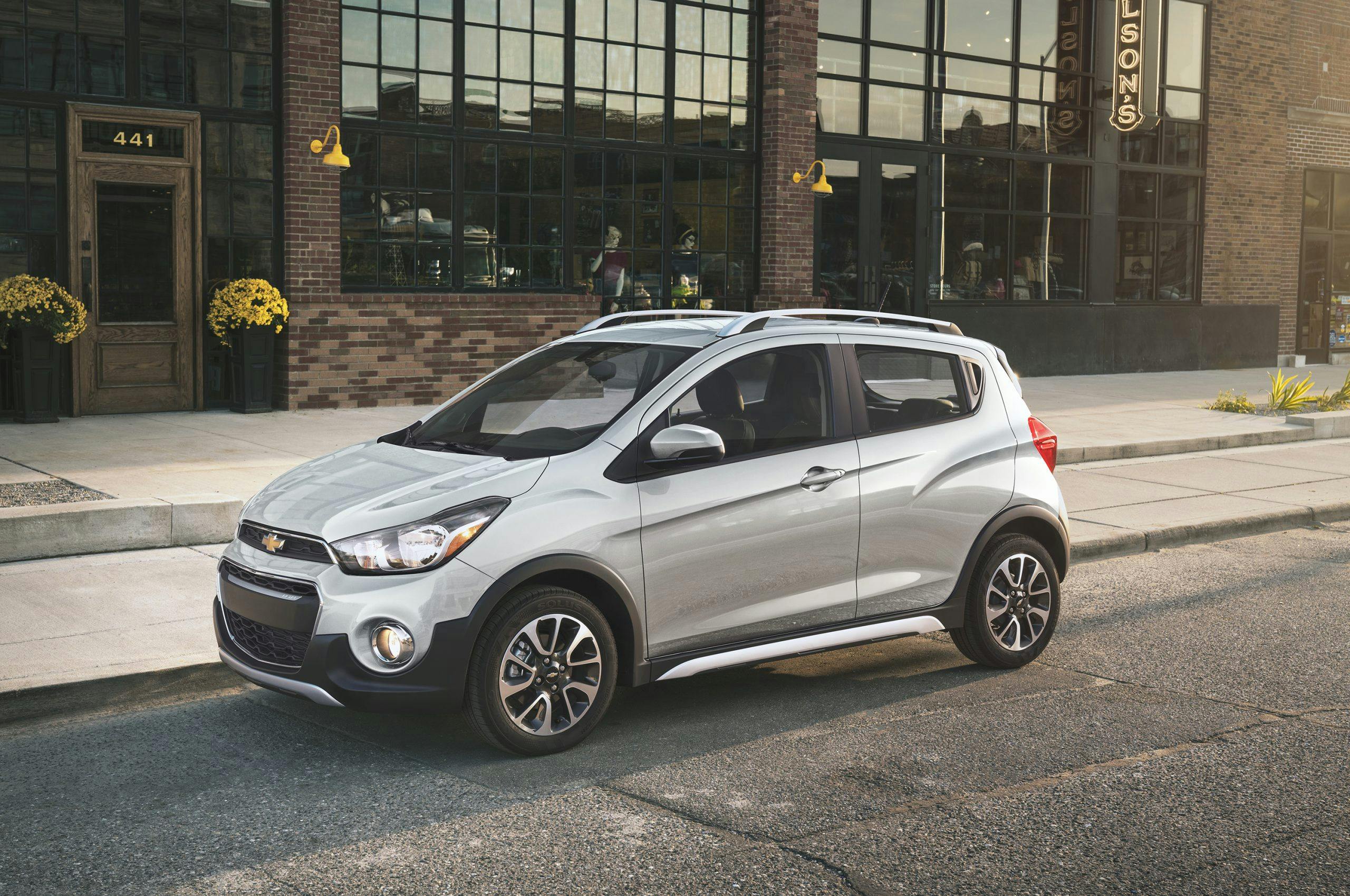
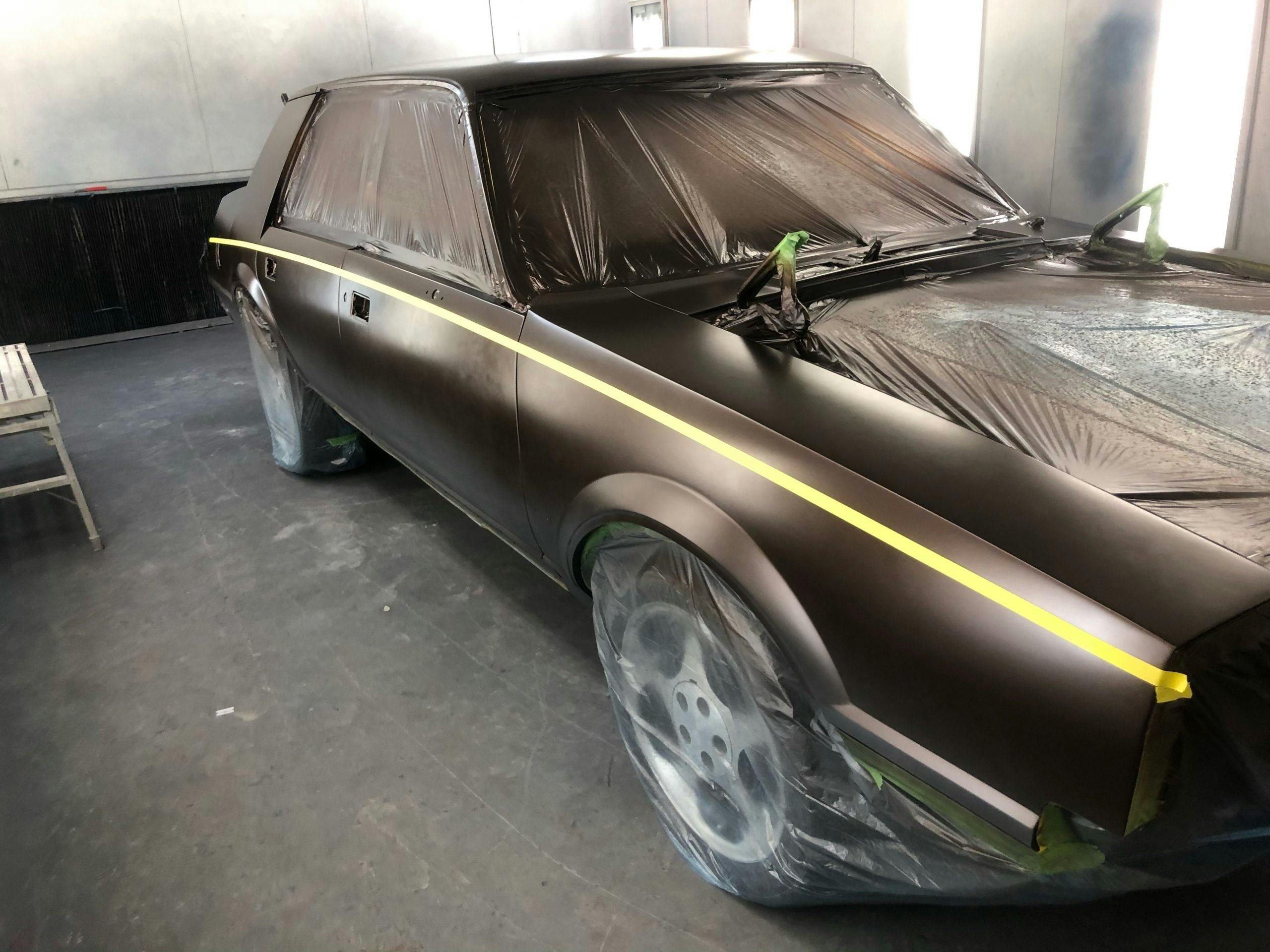
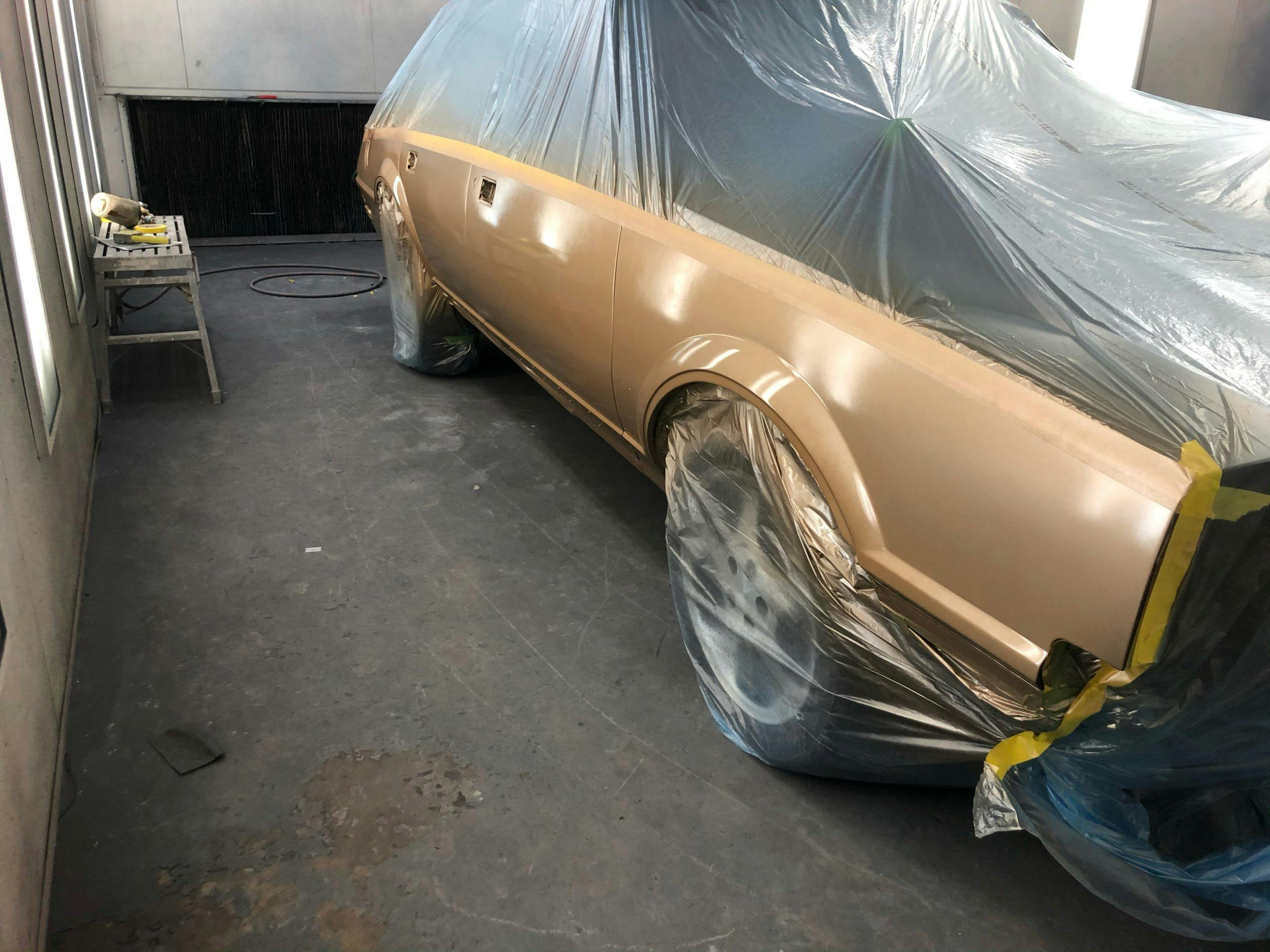
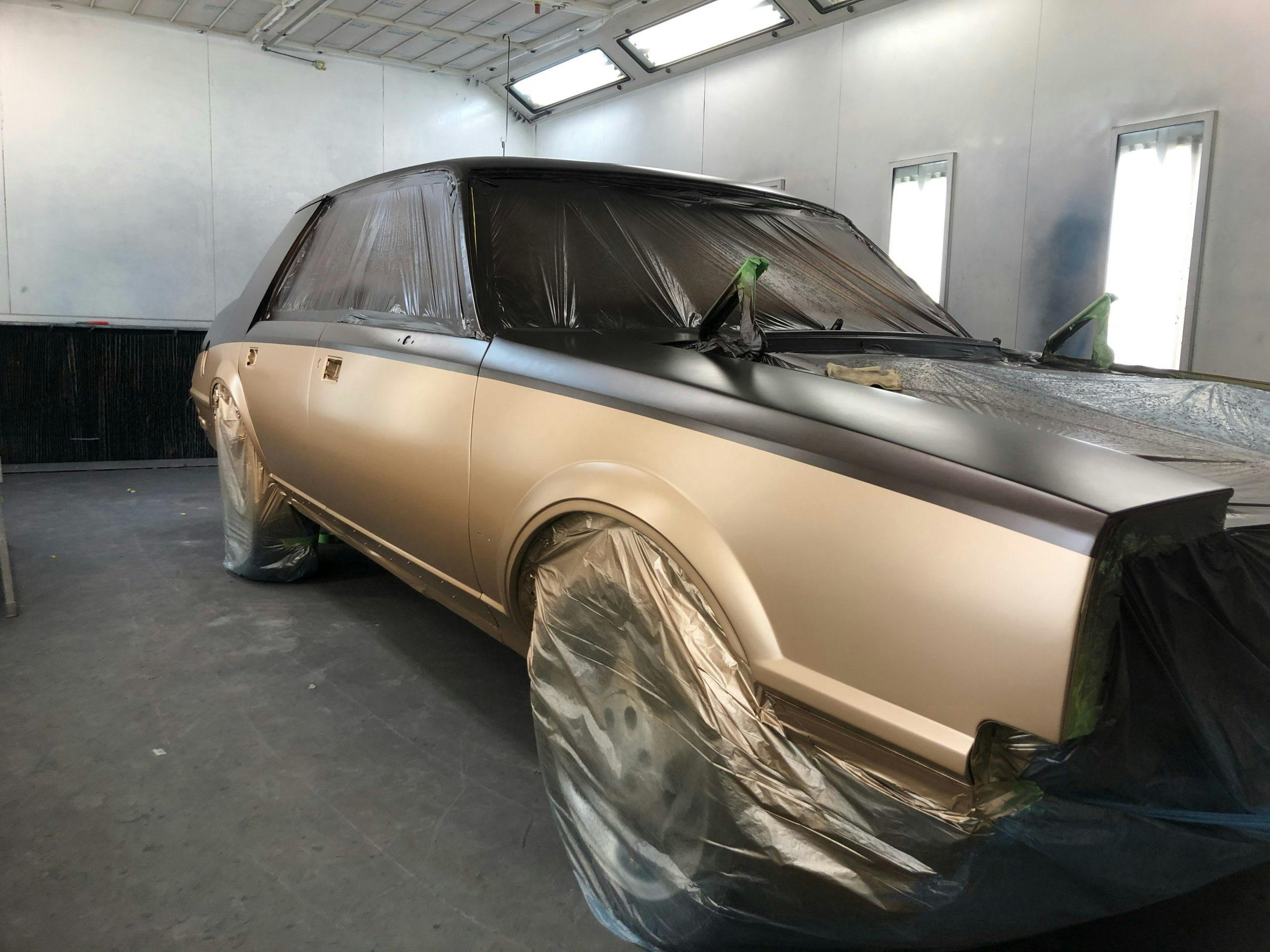
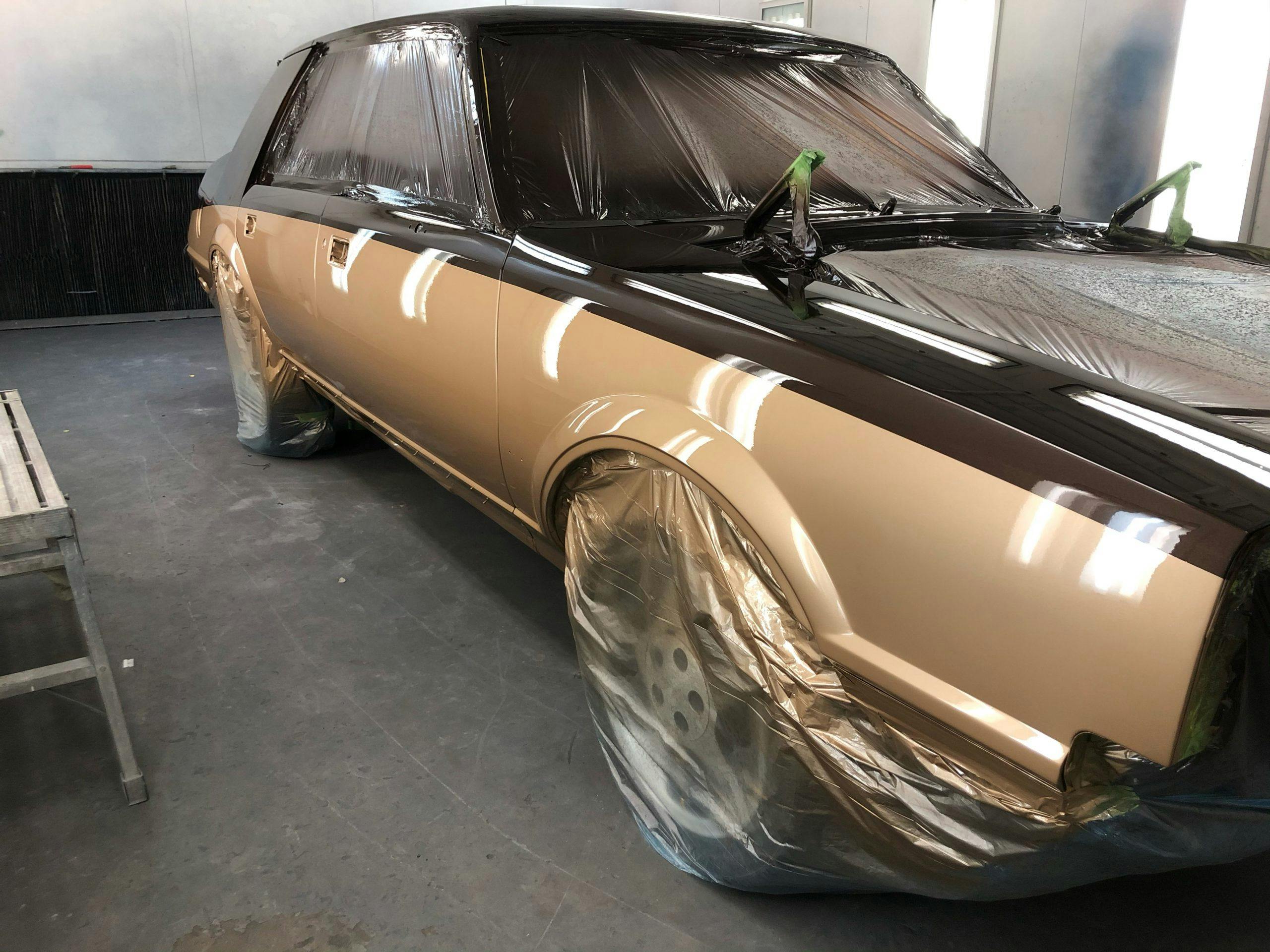


I agree, the lines on most of today’s vehicles aren’t really conducive to two-tone paint jobs. I like seeing the newer Silverado pickups with the old Big 10 throw back two-tone paint job, but even they look a little strange.
Agreed, but the 3rd Gen Silverado (K2XX) was a pretty great canvas for the squarebody two tones. Too bad trucks have to keep on being redesigned with escalating sizes and more aggressive shapes.
Modern two-tone paint jobs never looked right to me. I recall this trend in the 1980s and I wasn’t a fan. Yet, I’d always loved the two-tone paint jobs of the 1950s. Thinking about it, I realized that those beautiful 1950s two-tones, had used solid paints. Whereas the modern-day counterparts used metallic paints. It makes a difference in my mind and I’m wondering if it does for anyone else.
When I read the headline of this article, my first thought was “coming back as with Project Valentino?” – and sure enough, there it is. Bravo! It’s been too long since the last update, Sajeev. My 2 cents: if two-tone paint comes back and gives us more results like Project Valentino, then hip-hip-hooray for two-tone paint! 😃
Oof. I know! I need to reach out to the guy who can help me with the next part of Project Valentino…I know I am past due for an update!
Great article. I have recently found myself wondering about the application of two-tone paint jobs on today’s vehicles; the evolution of two-tone (and multi-color) factory paint work; etc. While the shape of current vehicles can be an obstacle, I don’t know if you need to go the extra step as the technology of today’s paint – and the subtle computer-generated compound curves and creases – all combine to give the effect of a two-tone paint job … depending on how the sunlight is hitting the vehicle. (i.e. 2022 Ford Mustang in Mischievous Purple aka Oil Slick Blue.) It may not be the high contrast of the Bill Blass navy and white Mark’s, but the subtle tone on tone effect is kind of nice and perhaps representative of what today’s society views as cutting edge … not to mention opulent and indulgent?
That’s a really good point. Paint technology has taken what we learned in the early 1990s (i.e. any pearl colored luxury car, or the 1996 Mystic Cobra) and now you get more impressive color “flop” when walking around a vehicle in just about any light. It could be the body, it could be the flop of the paint, or it could be both.
Thanks Sajeev. So getting to the traditional two-tone paint work on a Bentley or on a Rolls (or on a Lincoln as per the above article): When is it best to have the darker color on the top planes and the lighter color on the side flanks or vice versa? What body proportions, etc. dictate one approach is more appropriate and will be more successful than the other? I have played around on various auto manufacture website builds, and even studied the offered explanation behind one of the manufacture’s offered paint color palette (how the color evolved, what it has come to represent, etc.) and I still can’t seem to make rhyme or reason out of it …
“When is it best to have the darker color on the top planes and the lighter color on the side flanks or vice versa?”
That’s 100% a matter of personal taste and one’s perception of “visual weight”, IMO. I like darker on top, but some cars look better with it on the bottom for added visual weight down low. And remember the lighter colors on top keep the car cooler in the summer, which can be the icing on the cake.
“What body proportions, etc. dictate one approach is more appropriate and will be more successful than the other?”
Every time I think I can give a definitive answer I wind up contradicting myself. I think it’s more important to focus on a particular vehicle, one that’s been fully fleshed out and nearly ready for production, and then decide what you’d like. Odds are you should offer a variety of colors/shades top and bottom, because you need to cater this laborious process to the customer. They are the ones paying for it, and their choice is more important (within parameters, like no hot pink over yellow).
My 2013 Jeep Patriot is painted in Black Forest Green Metallic. On low light days, cloudy or in a darker parkade, garage etc. the paint appears black. However in bright sunlight it appears a beautiful dark green metallic. This effect is amplified if you are wearing sunglasses. I loved the color the first time I saw it. Aftermarket color changing paints in my opinion can be too much of a variation for a car, however I have used it on a motorcycle and looked pretty good. I think Jeep got it right with the BFGM.
I had the same color on my Grand Cherokee. The change was not distinct enough to warrant and extra charge.
“an” extra charge, not “and”.
The “floating roof” fad has given us some more two-tones because there is no roof paint to body paint connection on a panel surface. There is a Kia(?) in my town with an orange roof on a gray body that I believe is factory.
The SUV with retro white roof has trickled out again too.
No mention of the ID Buzz?
The two tone paintjob is pretty much what makes it look retro, so i wonder if it will stay as the popular main paint option throughout its lifetime, or if it will slowly transition into being single color as the model ages.
Oh boy, that’s a glaring omission! Odds are it fits in the same category as the Mini Cooper, as its limited in production and pricey enough to justify the time to hand mask its body on the assembly line. And as you said, it really does make it look retro.
Regarding today’s cars, how do you two-tone a jellybean?
There’s almost always a sheetmetal ripple you can use to start a tape line, extend it to each corner, and paint accordingly. Whether or not it looks good…well, that’s a whole ‘nother story.
I don’t know about two tone paint jobs, but ugly wheels are certainly alive and well.
I can hardly wait until they decide not to put on the rubber-band tires on at all. That’ll really smooth out those bumps and potholes.
I think the best use of this would be for mitigating roof heat gain and or inherent hood glare. Other than that, the market will be very quick to tell ALL of us what’s up, right?
We have seen a few unidentifiable high-end cars, generally doing 75 to 100 (or more) on the interstates with a mat black finish. We always comment about how you have probably paid for MUCH better than that?
Think about a British Racing green XKE with doeskin interior and chrome spoked wheels with knockoffs.
That’s a very calming picture that never gets old. That should calm everyone down? AHHHHH!
Don’t have to go way back to the 1950s for that. 1980s US cars had that all over the place. All mfrs did it. So not sure how really complex it is if they could do it back then on millions of assembly line cars, not on fru fru coach builds.
Every one of the new Broncos in my neighborhood has a roof painted in a different color than the body. Usually the rook is white.
The Barney Edition Mayback is “interesting”.
When is Project Valentino going to be hitting the road?
Many many months from now, that’s for sure.
You took a brave step with your project, kudos. I’m kinda torn, growing up in the ’60s (grad HS ’78). Mostly I like 2-3 tone paint on glorious ’50s barges, that also have hilariously matching interiors. Ask me about my Dad’s ’59 Impala Sport Coupe. Interior was at least three shades of red.
But- are we going to exclude Mopars with the flat black anti glare hood? I always liked that. With the obligatory “bumblebee stripe” even on Mopars that never offered this… C’mon, man, a big block ’65 Belvedere, or the Holy Grail ’64 Polara just looks RIGHT with that stripe and matte hood, scoop or not; I’m on the fence because modern aero body styles simply (to me) look better monochrome. My ’04 GTO would look stupid in 2tone, no matter how well applied. My ’04 Tahoe? Paint away, it’s white and looks very much like the box it was delivered in; good work truck, snowplow and barn doors, but I didn’t buy it to look at. Good thing, too, cuz the ’04 white chips and falls off if you frown at it- Tahoe looks more Liberian flagged tramp freighter than white family truckster, don’t care. Keep we faithful posted on Valentino, and take care.
Yes I need to get back on the Valentino. Thank you for your encouragement, I do actually need that these days!
There’s a sporty model Camry with black over white. The way the black meets the white on the rear quarter panels bugs me. It’s not a pleasing transition. I wonder if the skins will rust the way vinyl roofs did in the 70’s?
We just leased a Kia Seltos right off the lot with Deep Ocean Blue on the bottom and white top and mirrors. Looks great on this model. They also offer two tones on their turbo models. Glad Kia was willing to “take a chance” and offer these varieties so our vehicle stands out from the monotone crowd! If they can do it on an inexpensive model like the Seltos, the “too expensive” excuse from other manufacturers doesn’t hold up.
You can also get a two tone roof treatment on the Kia Soul, which is one of Kia’s least expensive vehicles…so that definitely shoots holes in the price theory.